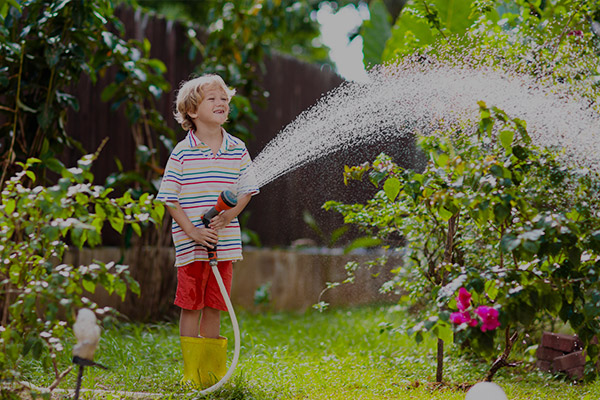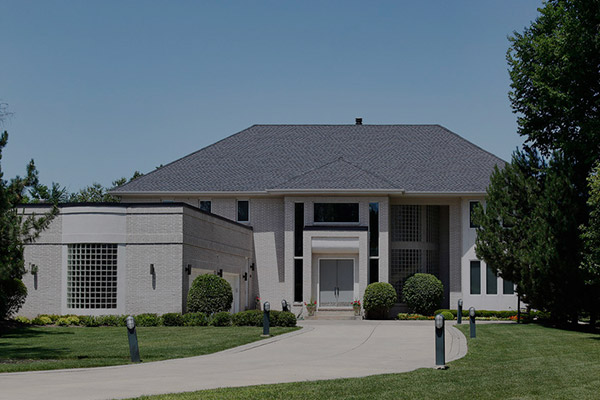The core factors for selecting a booster pump are flow, lift (pressure), and material. These factors are necessary to ensure the normal operation of the booster pump. However, if you want to ensure that the cost of the entire pressurization facility is reduced while maximizing efficiency, you must also pay attention to the following precautions:
1. The structural form of the water pump has an impact on the size, structural form and internal layout of the pump room, so it has a great influence on the cost of the pump station. For example, when the water source level is very low and a very deep pumping station must be built, choosing a vertical pump can reduce the area of the pumping room and reduce the cost. For another example, there is a big difference in the layout of the suction and pressure water pipelines in the station between a single-suction vertical joint water pump and a double-suction horizontal joint water pump.
2. The normal water absorption conditions of the water pump should be ensured. Under the premise of ensuring that cavitation does not occur, the allowable vacuum height of the water pump should be fully utilized to reduce the burial depth of the pump station and reduce the project cost. At the same time, it is avoided that the installation height of each pump in the pump station is too different, resulting in uneven foundation burial depth of each pump or an increase in the burial depth of the entire pump station.
3. A water pump with higher efficiency should be selected. For example, try to use a large pump, because generally large pumps are more efficient than small pumps.
4. According to the different requirements of water supply objects for water supply reliability, a certain number of backup pumps are selected to meet the water requirements in case of accidents: when it is not allowed to reduce the water supply (such as the water supply of blast furnaces and open-hearth workshops of metallurgical plants) ), there should be two sets of backup units; when the water supply is allowed to be reduced in a short period of time, the backup pump only guarantees the supply of emergency water; when the water supply is allowed to be interrupted in a short period of time, only one backup pump can be installed. Pumping stations in urban water supply systems generally have only one backup pump. Usually the backup pump can be the same model as the largest working pump in the pumping station. If there is a sufficiently large highland pool or water tower in the water supply system, which can partially or completely replace the pumping station for short-term water supply, the pumping station does not need to be equipped with a pump, and only a set of spare units can be stored in the warehouse. The standby pump, like other working pumps, should be ready to start at any time.
5. When selecting pumps, try to combine regional conditions and give priority to products that are locally manufactured, produced in series, relatively stereotyped and have good performance.










